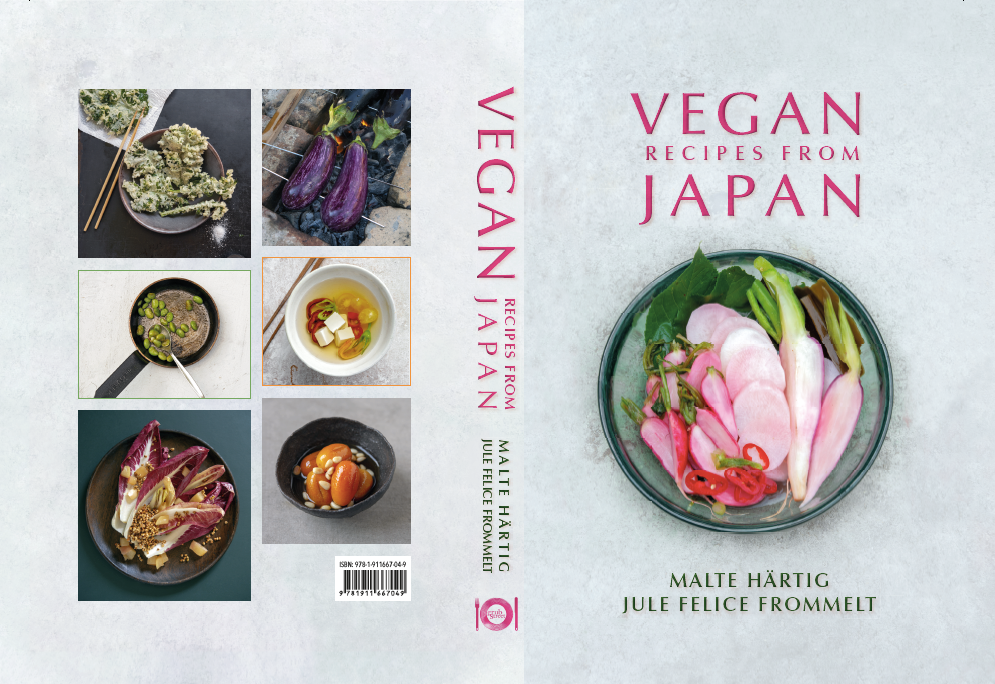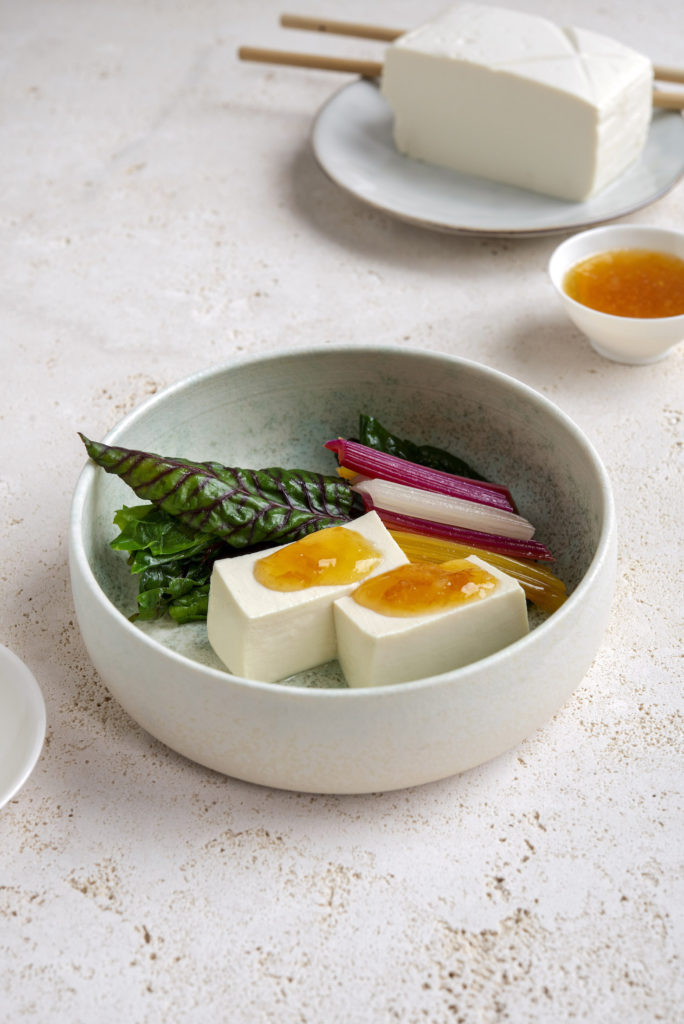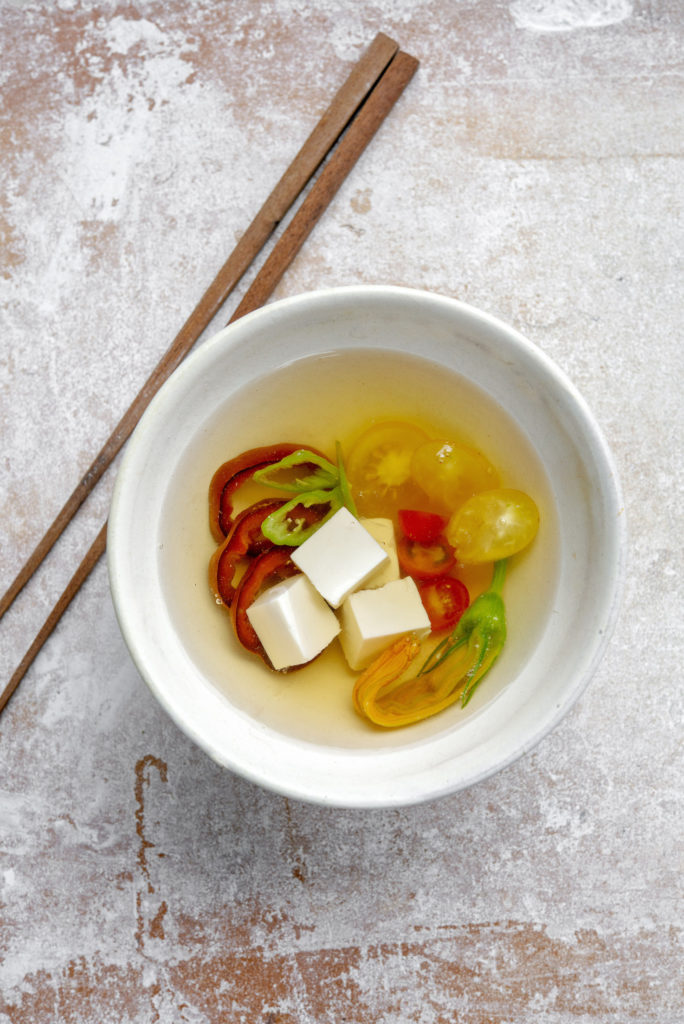It’s still a fairly common misconception that Japanese food is all sushi and sashimi.
For example, many people have still to discover the wonderful home-style Japanese cooking of Japan’s’Delia’, Harumi Kurihara. Big dishes for hungry households and easy to knock up with no fuss.

Or the marvellous Japanese street food, a wide range of dirty delights that stretches well past the narrow perimeter of noodles, as well as the now ubiquitous ramen.
Pure vegan food is perhaps the least known Japanese food, though.In Japan it went at first largely under the title of Shojin Ryori, the food of Buddhist monks which involves tofu, seaweed, seasonal vegetables and mountain plants.
This evolved into Kaiseki, a haute cuisine version of Shojin Ryori originally part of the Tea Ceremony. It’s a meal of seven to ten light dishes that focus on simply prepared ingredients simply allowed to be themselves.
It’s this cuisine that co-author Malte Hartig investigates and brings brilliantly to the West in this delightful book.
Hartig, as you may guess from the umlaut, is not himself Japanese but he is a trained chef who wrote his PhD thesis on Japanese food and Zen Buddhism.

The book was conceived, written and photographed near Lubbenau, Germany, with the photographer Jule Felice Frommelt using her own garden produce and things foraged from the Spree Forest island where they worked in six stays over seven weeks.
This makes for a rather unusual and novel approach, one where the two collaborate and the photographer has far more input than choosing focal length.
For those interested in Zen there is a very engaging, and hghly readable, prologue explaining the pair’s interpretation and understanding, and then it’s onto recipes by seasons.You will need some basic Japanese ingredients, such as miso, soy sauce, sake, mirin and dashi.
One thing the authors insist though is that you don’t skimp on quality. When things are this’naked’, cheapness is a mistake.
You should also be happy to use basic techniques like tempura frying and BBQ – not a roaring great Weber, but something as simple as a few glowing charcoal briquettes fenced in by some house bricks, with the vegetables cooked on skewers above.

“Simplicity, colour. Balance. Each dish is a contemplation on a plate and the photos say more than the recipe titles.”
Anyone can do that almost anywhere.
Simplicity, colour. Balance. Each dish is a contemplation on a plate and the photos say more than the recipe titles.
Potatoes with Poppy seeds sounds prosaic but looks fantastic. Grilled King Oyster Mushrooms and spring onions is a treat. Fig, white miso and mint is another mini masterpiece. Rhubarb Tempura. Flaked Almond Tofu, Brussels Sprouts with chil.
Each page reveals another jewel like delight.Set out by seasons, and with a useful glossary at the back, the book is very easy to navigate and impossibly hard to put down.
So much more than a cookbook, Vegan Recipes From Japan will lead you down a tended gravel path into a quiet place where the mind can be at rest as the palate dances happily.Grubstreet Publishing
ISBN: 978-1-911667-04-9
£20.00/$29.95 US/CAN
Hardback, 250 pages, 240 x 170 mm
Four-colour throughout
